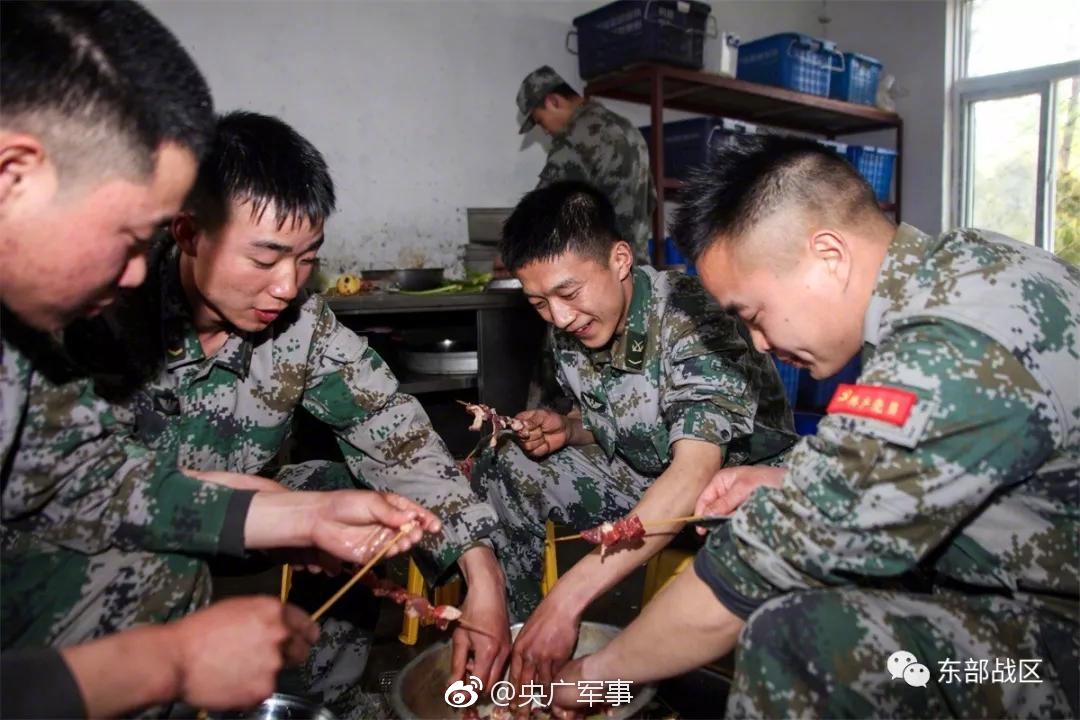
1. The functions of the engine lubrication system mainly include lubrication, cooling, cleaning, sealing and rust prevention. Lubrication: The oil can form oil film contact between the moving parts, reduce frictional resistance and power loss, and reduce the wear of the machine parts.
2. The function of the engine lubrication system: oil film contact can be formed between the moving parts. ColdHowever, the function uses the fluidity of the oil, the cleaning function uses the circulating oil, and the sealing function uses the viscosity and anti-rust function of the oil. In addition, it also has vibration absorption function.
3. The function of the engine lubrication system must be to lubricate the machine parts first, but it can also play some other roles: lubrication. Under various working conditions of the engine, the oil can reduce the friction of the engine parts, slow down the wear, and prevent dry grinding of the internal parts of the engine. Cleaning effect.
1. Anti-rust and anti-corrosion - a protective film can be formed on the metal surface to prevent acidic and harmful substances from entering. 6) Vibration damper - to prevent damage caused by excessive impact. 7) Force transmission - Modern new car solenoid valves use lubricating oil to transfer pressure to control the valve opening.
2. Lubrication. Under various working conditions of the engine, the oil can reduce the friction of the engine parts, slow down the wear, and prevent dry grinding of the internal parts of the engine. Cleaning effect.
3. The functions of the engine lubrication system mainly include lubrication, cooling, cleaning, sealing and rust prevention. Lubrication: The oil can form oil film contact between the moving parts, reduce frictional resistance and power loss, and reduce the wear of the machine parts.
4. The functions of the automobile engine lubrication system are as follows: lubrication: the oil can form oil film contact between the moving parts to reduce frictional resistance and power loss and reduce the wear of the machine parts. Cooling effect: Use the fluidity of the oil to take away part of the heat of the engine parts to prevent the parts from being burned due to excessive temperature.
1. The main components of the engine lubrication system include oil pump, pressure regulating valve, oil filter, oil filter, oil radiator, oil pressure sensor, nozzle, oil Road, crankcase ventilation filter, etc.
2. The second is the semi-dry lubrication system, which provides lubrication by keeping part of the lubricating oil in the bottom oil pool. The semi-dry system is more stable than the dry system and can provide better lubrication and cooling performance. However, due to the need to place oil pumps, oil pans and other devices in the upper part of the engine, the cost is high.
3. The components of the engine lubrication system are mainly organic oil pumps, pressure regulating valves and oil.Collection filter, oil filter, oil radiator, oil pressure sensor, nozzle, oil channel, crankcase ventilation filter, etc.
4. The lubrication system generally adopts three lubrication methods: pressure lubrication, splash lubrication and regular lubrication. Generally, pressure lubrication is used in the parts where the force is relatively high and the relative movement speed is relatively high. Such as crankshaft main bearings, connecting rod bearings and wheelshaft bearings, etc.

Function of engine lubrication system: When the lubrication function engine is running, the oil film can be formed between the relative moving parts to reduce the friction coefficient, Reduce friction loss and surface wear, and improve the effective power of the engine, so as to ensure the service life of the parts.
The main components of the engine lubrication system are as follows: oil pump: the function is to increase the oil pressure and ensure the continuous circulation of oil in the lubrication system. At present, there are two widely used oil pumps: external megging oil pumps and internal megging oil pumps. Among them, gear oil pump and rotary oil pump are two commonly used oil pump types.
The role of the gasoline engine lubrication system is in each of the engine.A layer of oil film is formed between the moving parts to reduce friction and wear and ensure the normal operation of the engine.
The lubrication system of the engine consists of oil span, collector filter, oil pump, oil filter, oil pipe and conveying oil channel processed on the engine body. The lubrication system plays the role of lubricating the moving parts of the engine, cooling, cleaning, sealing and rust prevention.
The components of the engine lubrication system are: oil pump, pressure regulating valve, oil collector filter, oil filter, oil radiator, oil pressure sensor, nozzle, oil channel, crankcase ventilation filter.
The engine lubrication system consists of oil pump and pressure regulating valve, oil collector filter, oil filter, oil radiator, oil pressure sensor, nozzle, oil channel, crankcase ventilation filter.
[Pacific Automobile Network] The components of the engine lubrication system are mainly organic oil pump, pressure regulating valve, oil collector filter, oil filter, oil radiator, oil pressure sensor, nozzle, oil channel, crankcase ventilation filter, etc.
Components of the engine lubrication system: The engine lubrication system consists of three major parts: oil supply device: organic oil pump, oil channel, oil pipe, pressure limiting valve, etc., which can make the oil flow in the circulation system at a certain pressure and flow rate.
HS code-based alternative sourcing strategies-APP, download it now, new users will receive a novice gift pack.
1. The functions of the engine lubrication system mainly include lubrication, cooling, cleaning, sealing and rust prevention. Lubrication: The oil can form oil film contact between the moving parts, reduce frictional resistance and power loss, and reduce the wear of the machine parts.
2. The function of the engine lubrication system: oil film contact can be formed between the moving parts. ColdHowever, the function uses the fluidity of the oil, the cleaning function uses the circulating oil, and the sealing function uses the viscosity and anti-rust function of the oil. In addition, it also has vibration absorption function.
3. The function of the engine lubrication system must be to lubricate the machine parts first, but it can also play some other roles: lubrication. Under various working conditions of the engine, the oil can reduce the friction of the engine parts, slow down the wear, and prevent dry grinding of the internal parts of the engine. Cleaning effect.
1. Anti-rust and anti-corrosion - a protective film can be formed on the metal surface to prevent acidic and harmful substances from entering. 6) Vibration damper - to prevent damage caused by excessive impact. 7) Force transmission - Modern new car solenoid valves use lubricating oil to transfer pressure to control the valve opening.
2. Lubrication. Under various working conditions of the engine, the oil can reduce the friction of the engine parts, slow down the wear, and prevent dry grinding of the internal parts of the engine. Cleaning effect.
3. The functions of the engine lubrication system mainly include lubrication, cooling, cleaning, sealing and rust prevention. Lubrication: The oil can form oil film contact between the moving parts, reduce frictional resistance and power loss, and reduce the wear of the machine parts.
4. The functions of the automobile engine lubrication system are as follows: lubrication: the oil can form oil film contact between the moving parts to reduce frictional resistance and power loss and reduce the wear of the machine parts. Cooling effect: Use the fluidity of the oil to take away part of the heat of the engine parts to prevent the parts from being burned due to excessive temperature.
1. The main components of the engine lubrication system include oil pump, pressure regulating valve, oil filter, oil filter, oil radiator, oil pressure sensor, nozzle, oil Road, crankcase ventilation filter, etc.
2. The second is the semi-dry lubrication system, which provides lubrication by keeping part of the lubricating oil in the bottom oil pool. The semi-dry system is more stable than the dry system and can provide better lubrication and cooling performance. However, due to the need to place oil pumps, oil pans and other devices in the upper part of the engine, the cost is high.
3. The components of the engine lubrication system are mainly organic oil pumps, pressure regulating valves and oil.Collection filter, oil filter, oil radiator, oil pressure sensor, nozzle, oil channel, crankcase ventilation filter, etc.
4. The lubrication system generally adopts three lubrication methods: pressure lubrication, splash lubrication and regular lubrication. Generally, pressure lubrication is used in the parts where the force is relatively high and the relative movement speed is relatively high. Such as crankshaft main bearings, connecting rod bearings and wheelshaft bearings, etc.

Function of engine lubrication system: When the lubrication function engine is running, the oil film can be formed between the relative moving parts to reduce the friction coefficient, Reduce friction loss and surface wear, and improve the effective power of the engine, so as to ensure the service life of the parts.
The main components of the engine lubrication system are as follows: oil pump: the function is to increase the oil pressure and ensure the continuous circulation of oil in the lubrication system. At present, there are two widely used oil pumps: external megging oil pumps and internal megging oil pumps. Among them, gear oil pump and rotary oil pump are two commonly used oil pump types.
The role of the gasoline engine lubrication system is in each of the engine.A layer of oil film is formed between the moving parts to reduce friction and wear and ensure the normal operation of the engine.
The lubrication system of the engine consists of oil span, collector filter, oil pump, oil filter, oil pipe and conveying oil channel processed on the engine body. The lubrication system plays the role of lubricating the moving parts of the engine, cooling, cleaning, sealing and rust prevention.
The components of the engine lubrication system are: oil pump, pressure regulating valve, oil collector filter, oil filter, oil radiator, oil pressure sensor, nozzle, oil channel, crankcase ventilation filter.
The engine lubrication system consists of oil pump and pressure regulating valve, oil collector filter, oil filter, oil radiator, oil pressure sensor, nozzle, oil channel, crankcase ventilation filter.
[Pacific Automobile Network] The components of the engine lubrication system are mainly organic oil pump, pressure regulating valve, oil collector filter, oil filter, oil radiator, oil pressure sensor, nozzle, oil channel, crankcase ventilation filter, etc.
Components of the engine lubrication system: The engine lubrication system consists of three major parts: oil supply device: organic oil pump, oil channel, oil pipe, pressure limiting valve, etc., which can make the oil flow in the circulation system at a certain pressure and flow rate.
Textile supply chain HS code mapping
author: 2024-12-23 19:33How to use trade data for market expansion
author: 2024-12-23 19:21HS code-based anti-dumping analysis
author: 2024-12-23 18:07Engine parts HS code verification
author: 2024-12-23 17:38Benchmarking competitors’ trade volumes
author: 2024-12-23 17:29Trade data-driven contract negotiations
author: 2024-12-23 18:21Deriving product origin via HS code
author: 2024-12-23 17:53Crude oil (HS code ) export trends
author: 2024-12-23 17:30HS code analytics for port efficiency
author: 2024-12-23 17:25 Real-time supply chain financing insights
Real-time supply chain financing insights
741.36MB
Check HS code-based tariff reconciliation
HS code-based tariff reconciliation
651.76MB
Check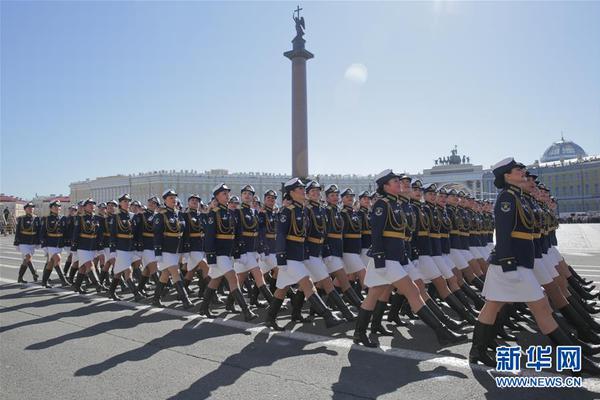 HS code integration with digital customs forms
HS code integration with digital customs forms
536.31MB
Check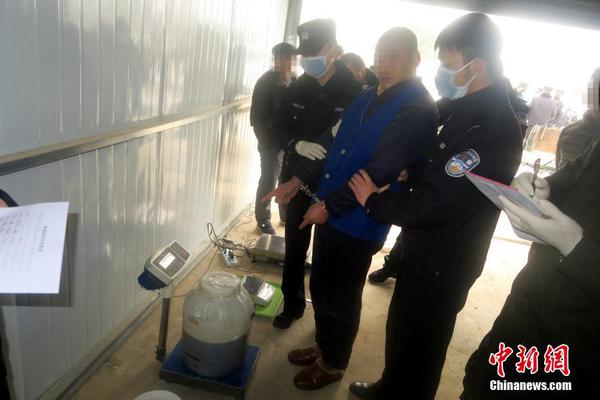 HS code-based trade data analytics
HS code-based trade data analytics
989.15MB
Check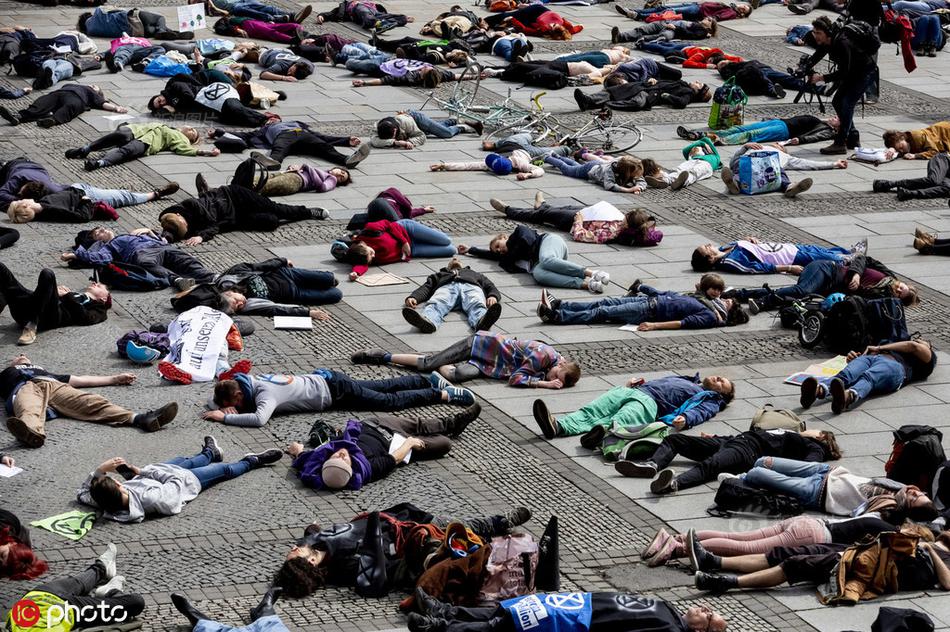 Machinery import clearance by HS code
Machinery import clearance by HS code
233.35MB
Check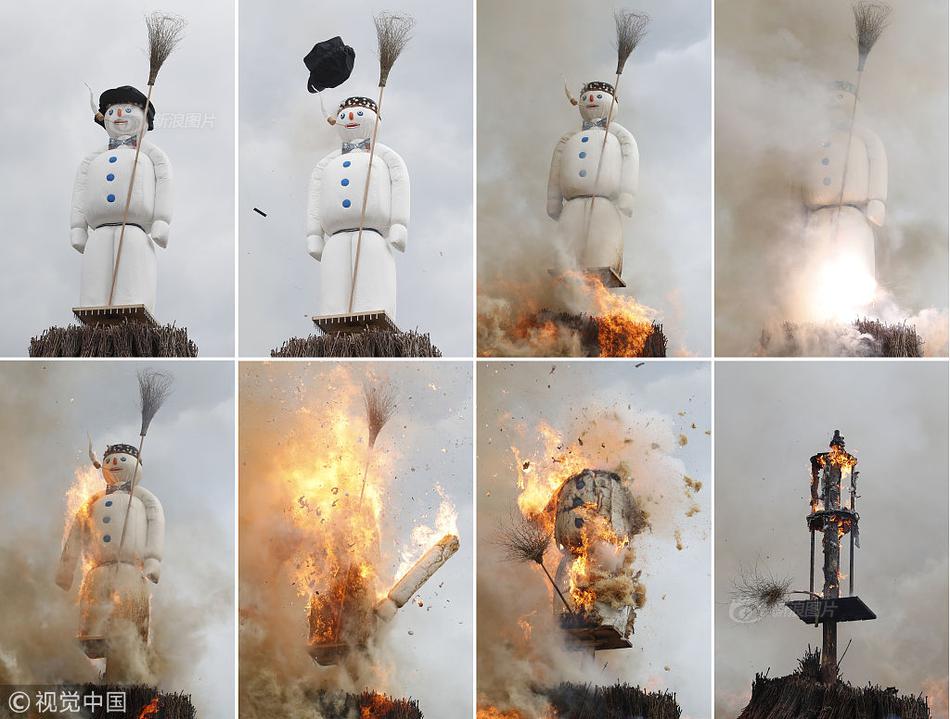 customs transaction analysis
customs transaction analysis
517.59MB
Check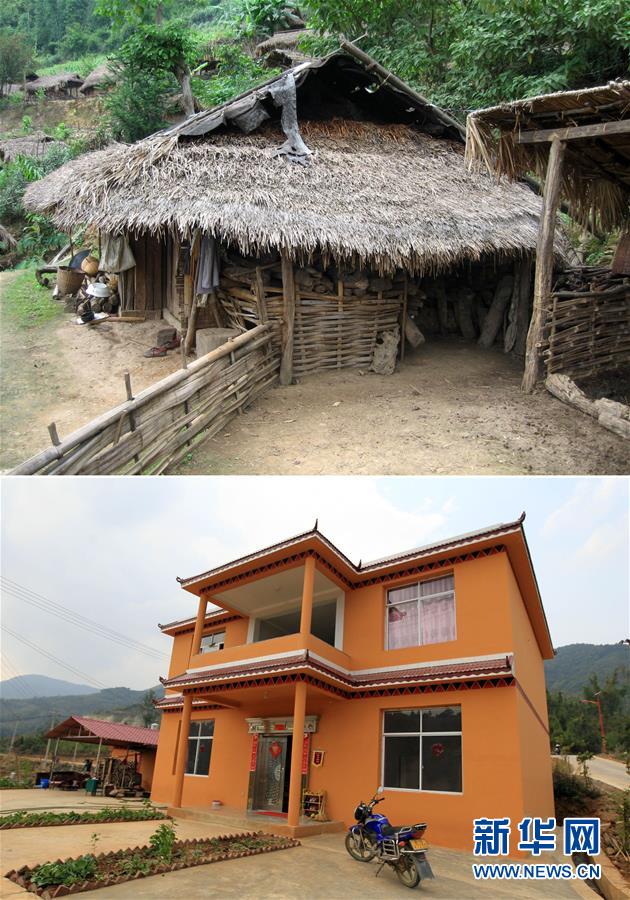 How to analyze customs transaction records
How to analyze customs transaction records
395.14MB
Check Machinery exports HS code insights
Machinery exports HS code insights
988.86MB
Check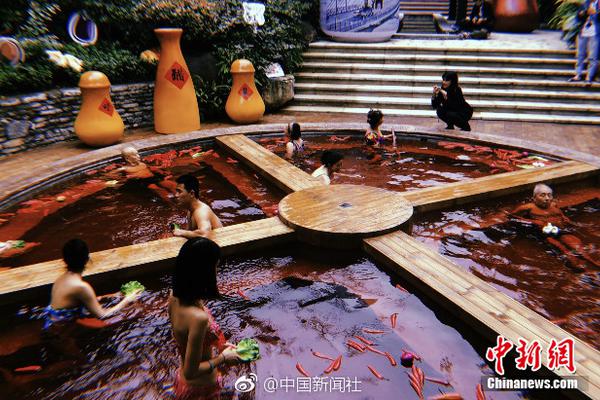 HS code-driven cost variance analysis
HS code-driven cost variance analysis
194.36MB
Check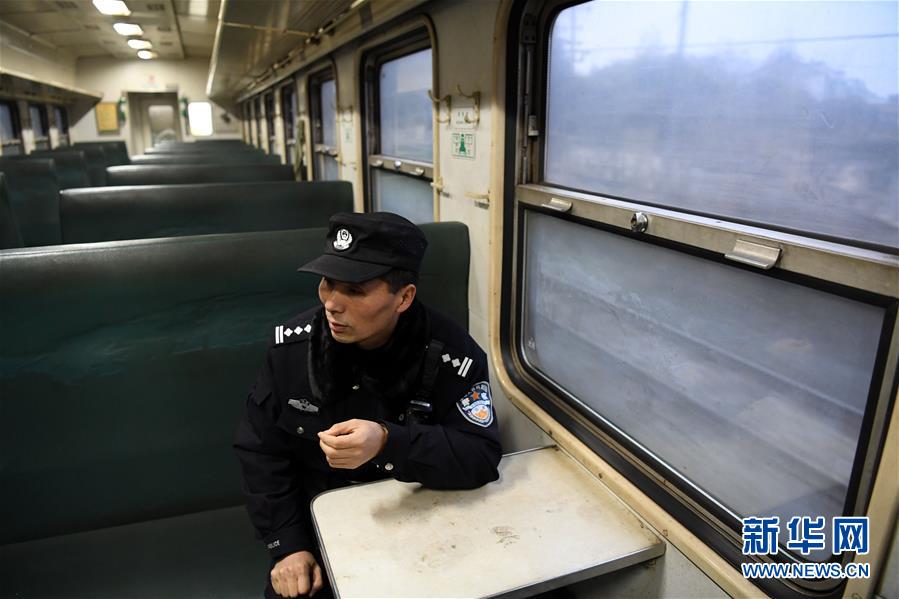 Livestock feed HS code references
Livestock feed HS code references
696.94MB
Check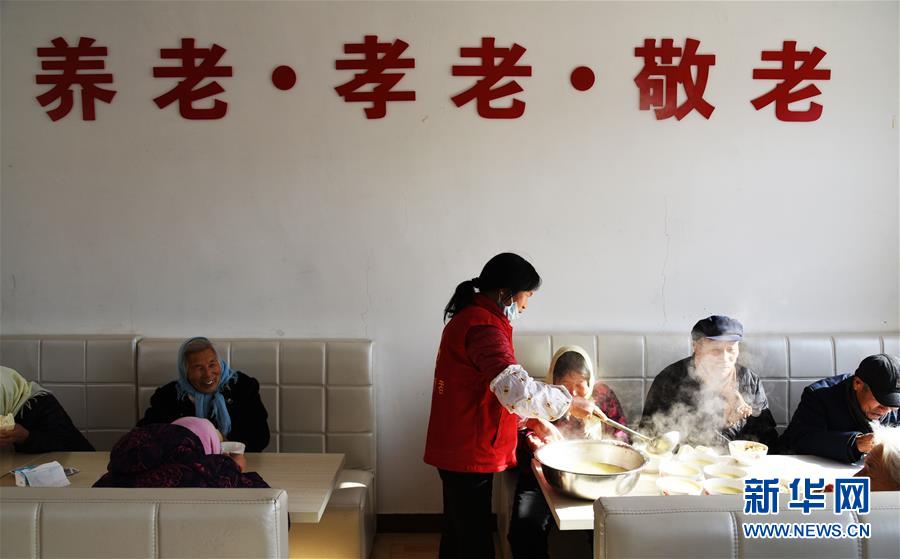 Real-time delivery time predictions
Real-time delivery time predictions
532.59MB
Check How to interpret bill of lading data
How to interpret bill of lading data
886.86MB
Check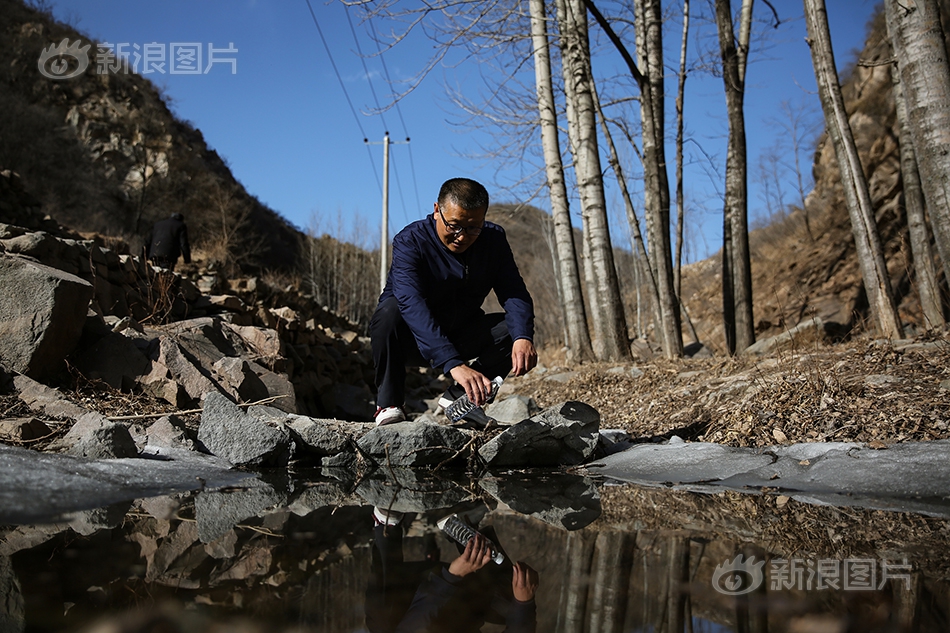 HS code-based tariff reconciliation
HS code-based tariff reconciliation
987.48MB
Check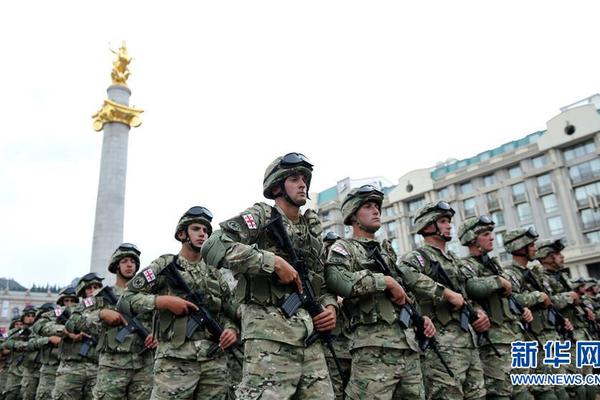 international trade insights
international trade insights
239.64MB
Check Pre-export HS code verification steps
Pre-export HS code verification steps
334.33MB
Check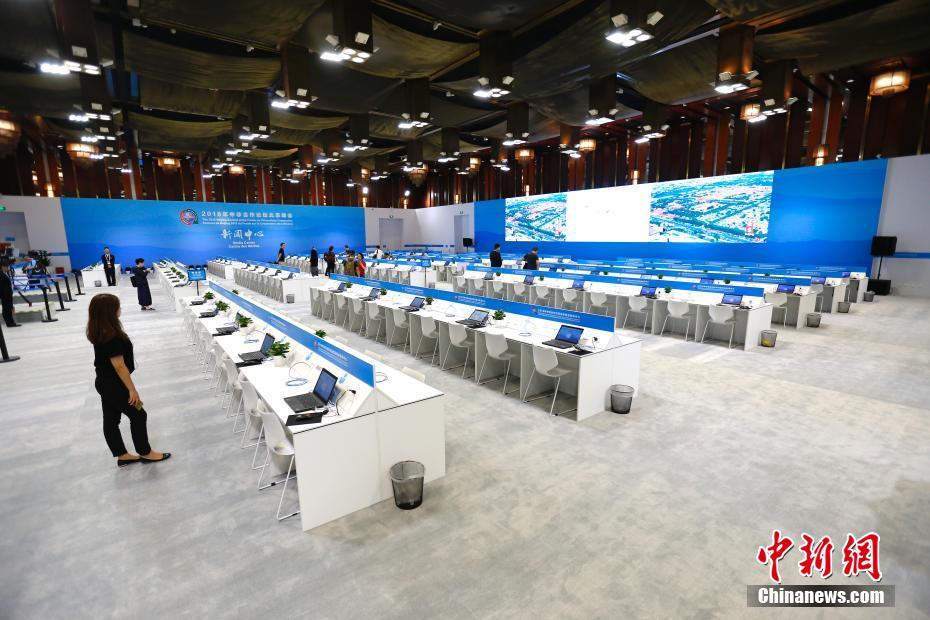 Real-time shipment data alerts
Real-time shipment data alerts
462.57MB
Check HS code compliance in the USA
HS code compliance in the USA
846.87MB
Check Long-tail trade keyword research
Long-tail trade keyword research
162.38MB
Check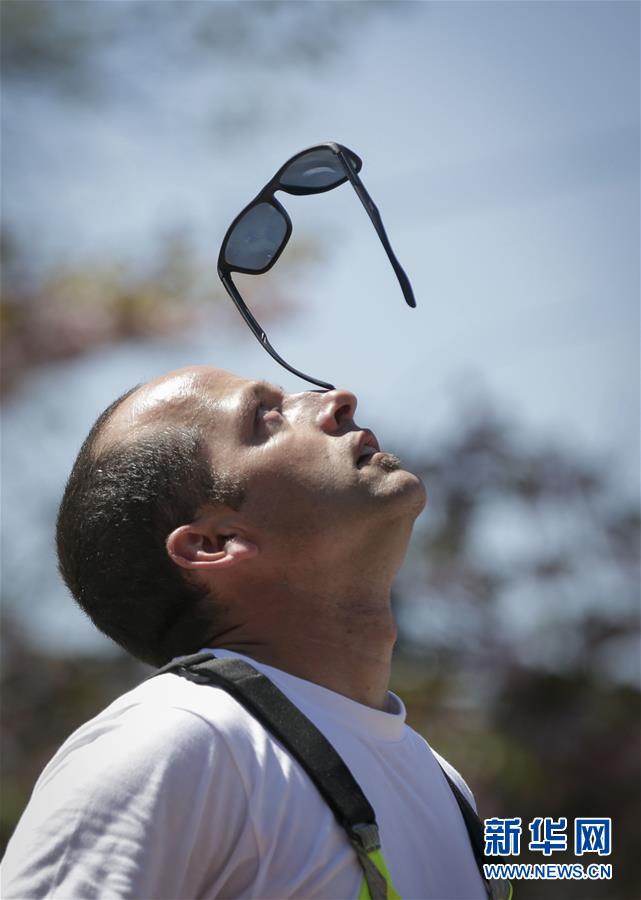 How to find compliant suppliers
How to find compliant suppliers
111.66MB
Check Dynamic duty drawback calculations
Dynamic duty drawback calculations
815.85MB
Check HS code-based reclassification services
HS code-based reclassification services
923.97MB
Check Jewelry trade HS code references
Jewelry trade HS code references
113.67MB
Check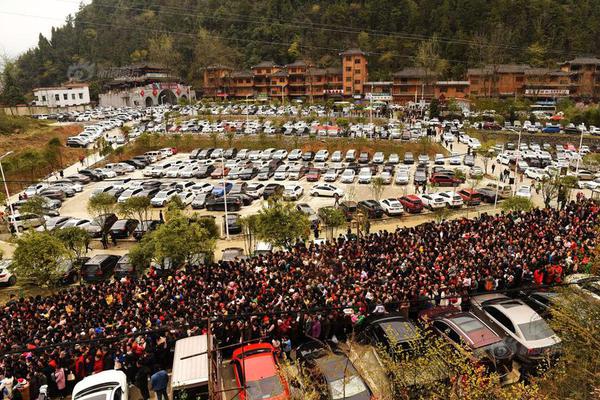 Global trade partner compliance checks
Global trade partner compliance checks
778.55MB
Check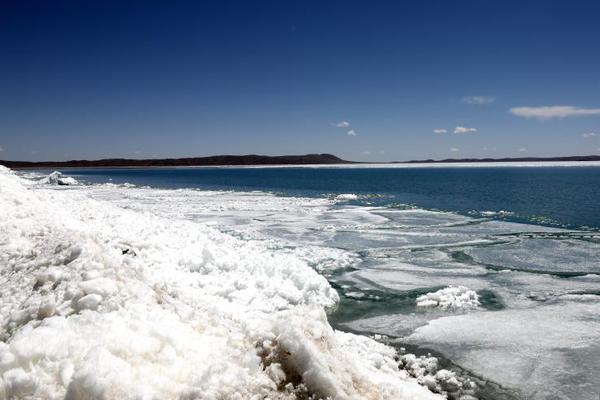 How to identify correct HS codes
How to identify correct HS codes
395.31MB
Check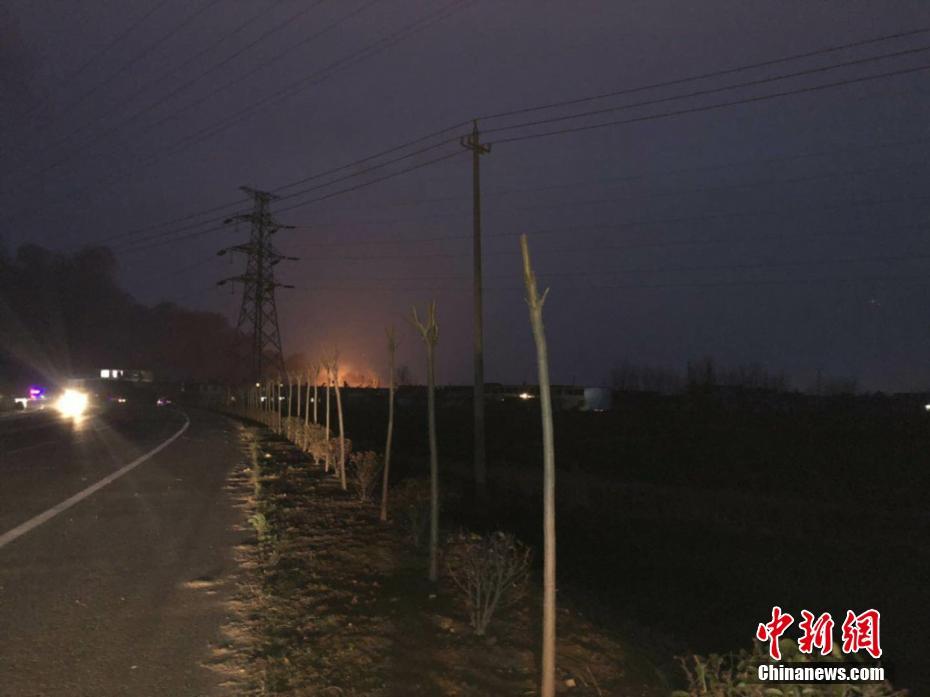 How to identify top export opportunities
How to identify top export opportunities
815.26MB
Check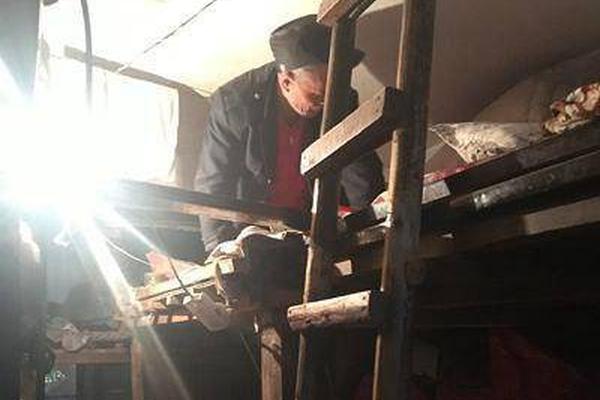 Australia import export data visualization
Australia import export data visualization
168.24MB
Check How to align trade data with ESG goals
How to align trade data with ESG goals
844.67MB
Check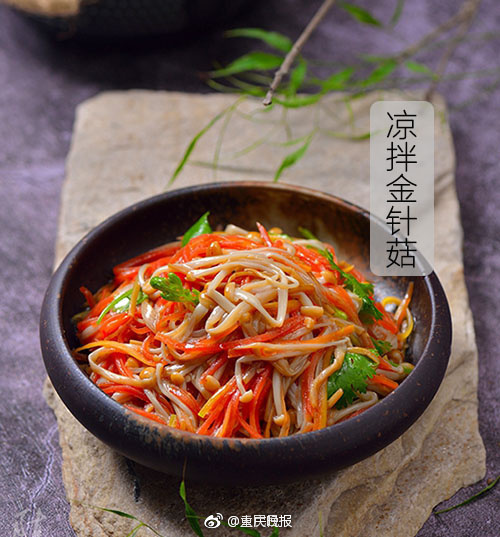 Textile yarn HS code mapping
Textile yarn HS code mapping
711.73MB
Check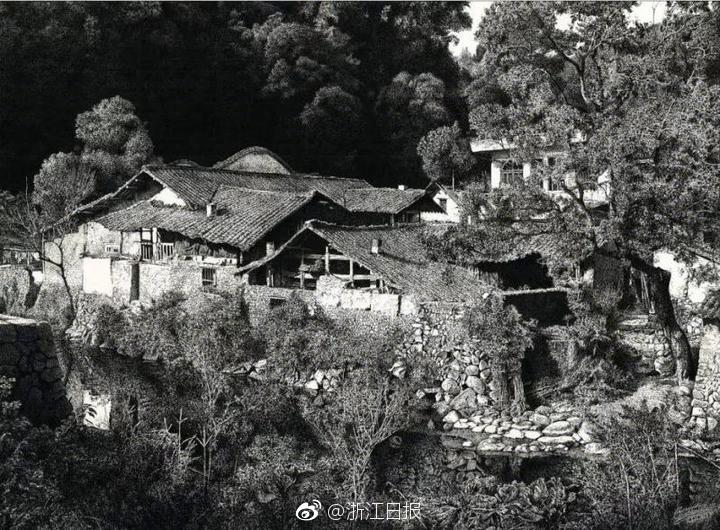 customs transaction analysis
customs transaction analysis
119.72MB
Check China HS code interpretation guide
China HS code interpretation guide
321.19MB
Check Industry reports segmented by HS code
Industry reports segmented by HS code
189.73MB
Check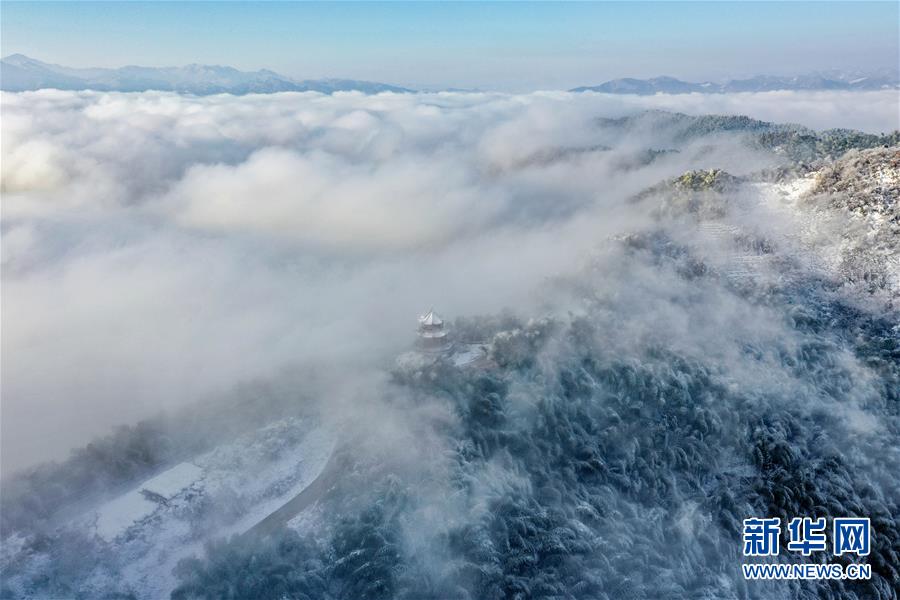 Gemstones HS code references
Gemstones HS code references
625.73MB
Check Integrating HS codes in export marketing
Integrating HS codes in export marketing
385.15MB
Check Trade data-driven logistics planning
Trade data-driven logistics planning
865.34MB
Check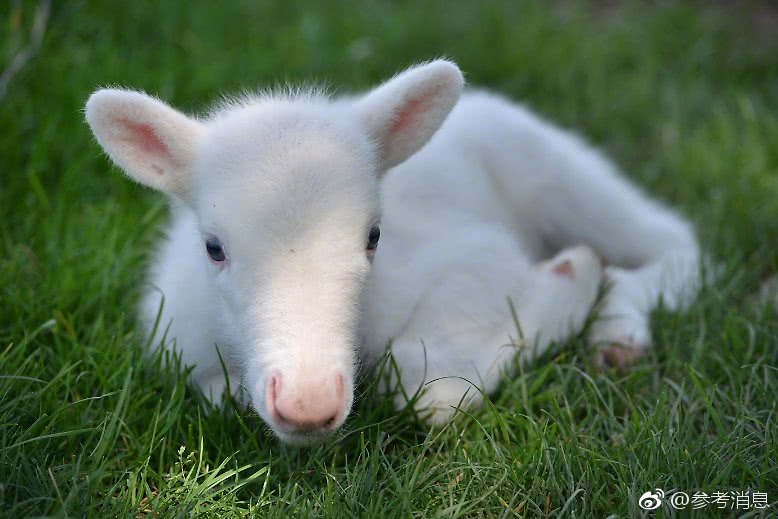 Data-driven supplier diversity programs
Data-driven supplier diversity programs
449.72MB
Check Cross-border HS code harmonization
Cross-border HS code harmonization
674.59MB
Check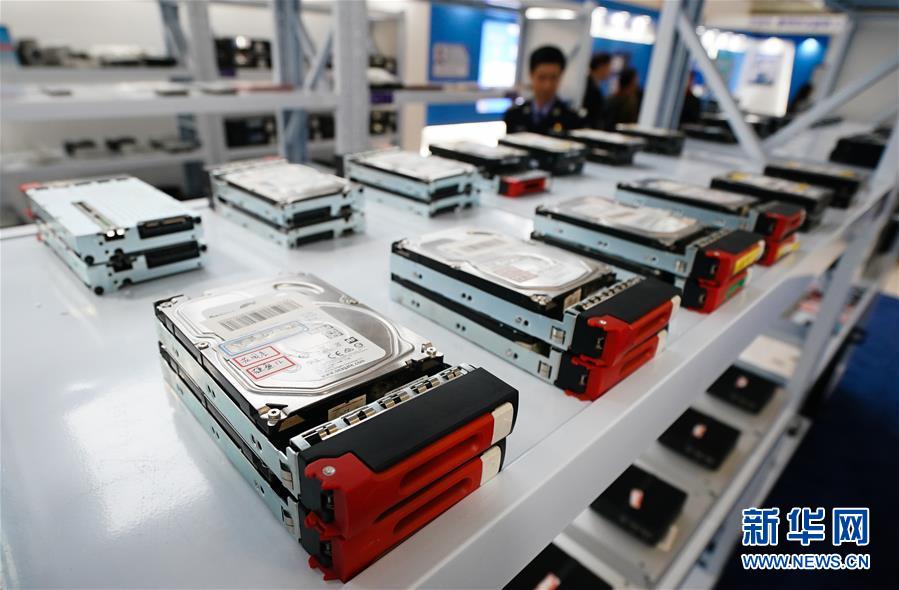
Scan to install
HS code-based alternative sourcing strategies to discover more
Netizen comments More
1245 Europe import export statistics
2024-12-23 19:52 recommend
1605 Real-time import export alerts
2024-12-23 18:53 recommend
988 Soybeans (HS code ) import patterns
2024-12-23 18:44 recommend
2528 Customs authorization via HS code checks
2024-12-23 18:28 recommend
2520 Commodity price indexing by HS code
2024-12-23 18:12 recommend